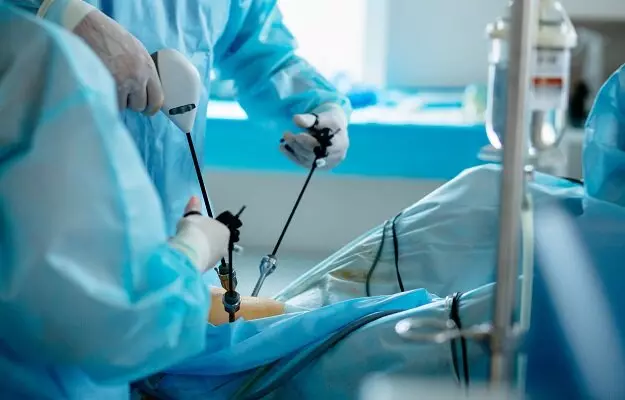Sympathectomy is a surgical procedure that involves the cutting off or clamping of some nerves from the sympathetic nervous system.
Sympathetic nervous system is a part of the autonomic nervous system - a system which controls the functions of our internal organs like the stomach and heart. The sympathetic nervous system is responsible for the stress response of our body. Every time we get stressed, it is this system that causes increased heart rate, production of energy and sweating.
Sympathectomy is usually done to treat a condition called hyperhidrosis.
Everybody sweats more when they feel nervous or exercise, but people with hyperhidrosis sweat excessively for no particular reason. Hyperhidrosis occurs when sympathetic nerves cannot regulate sweating in some areas of the body. Hyperhidrosis can interfere with day-to-day social and professional activities like driving, writing, and holding objects, and at times, it may be embarrassing.
Using a roll-on antiperspirant, medicines or a procedure called electrolysis may sometimes help with excessive sweating; however, in severe cases, such treatments may not be able to control the sweating. If the hyperhidrosis is persistent or becomes difficult to manage, then doctors suggest surgical treatment such as sympathectomy.
The procedure is called endoscopic thoracic sympathectomy, cervical sympathectomy or endoscopic lumbar sympathectomy depending on what part of the nerve is treated. Typically, the brain sends signals to parts of the body via the nerves, causing sweating. After sympathectomy, the signals passing from the brain to the body part are blocked, which controls the sweating.
Sympathectomy may also be done for facial blushing, conditions that cause chronic pain and Raynaud’s phenomenon.






































